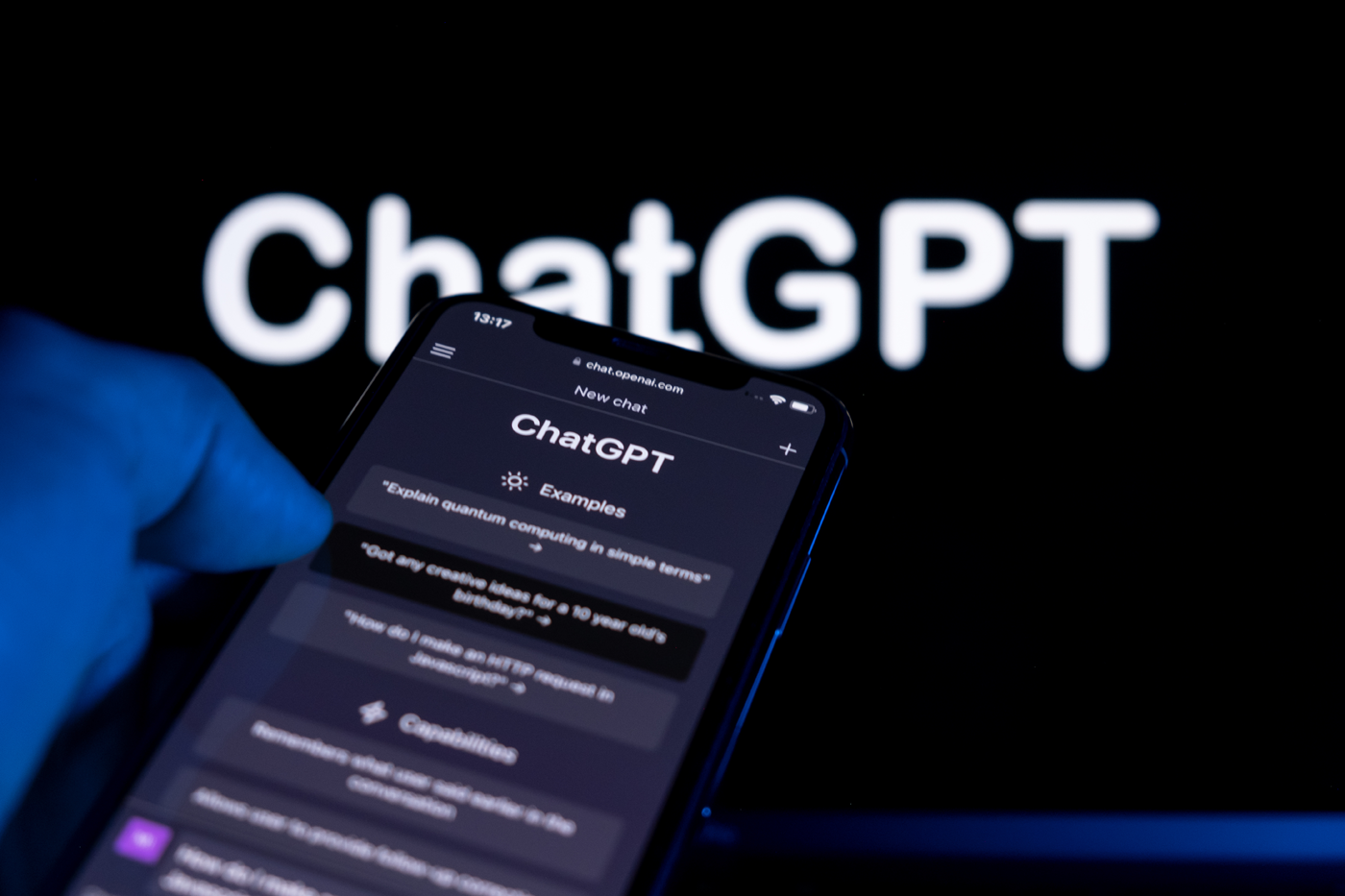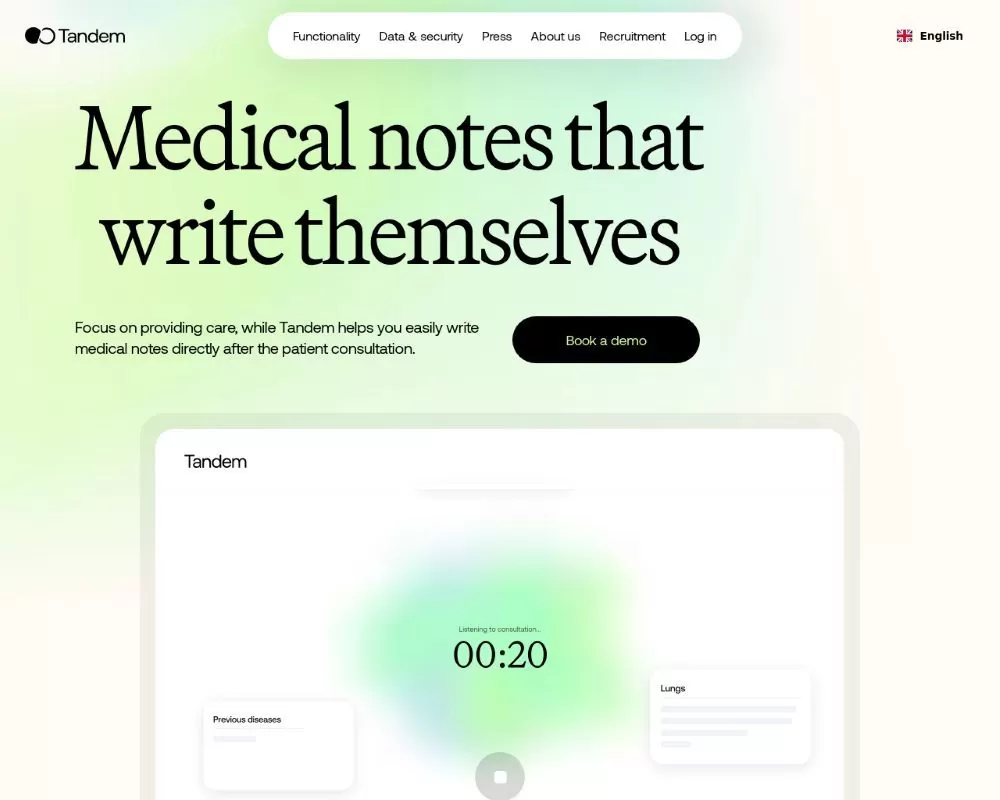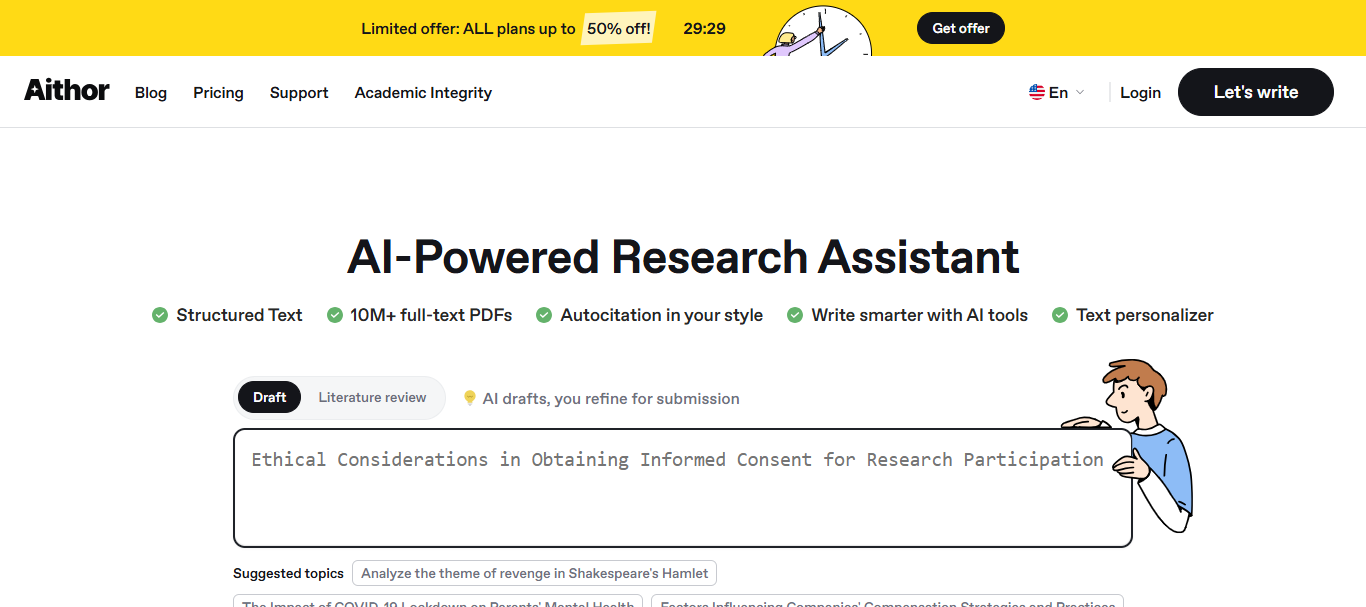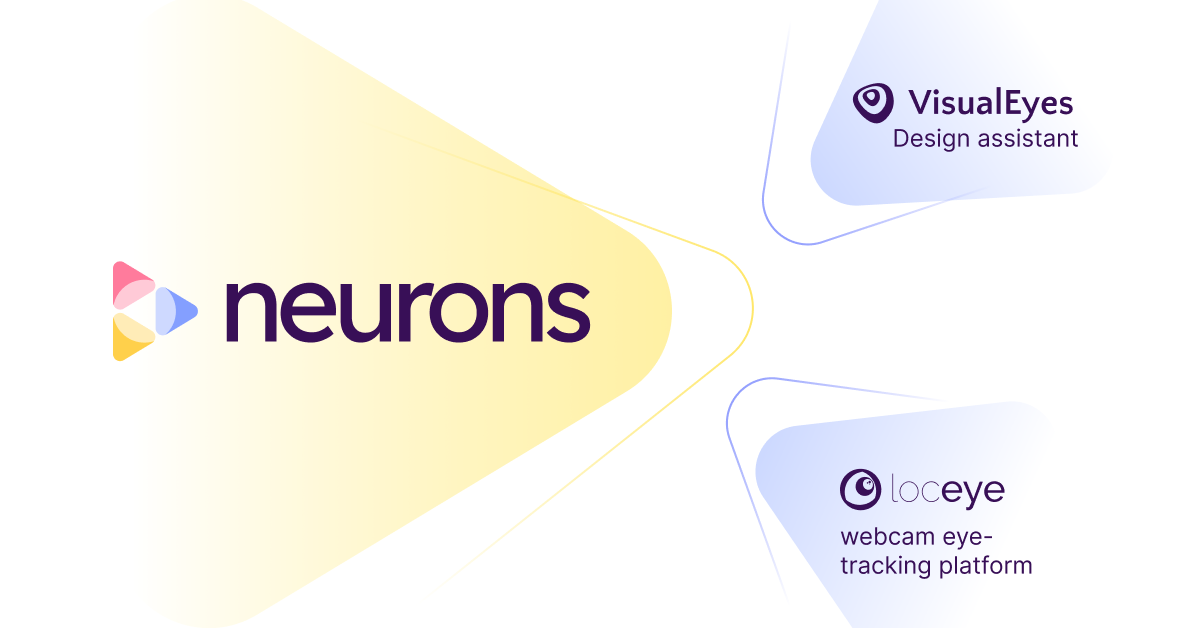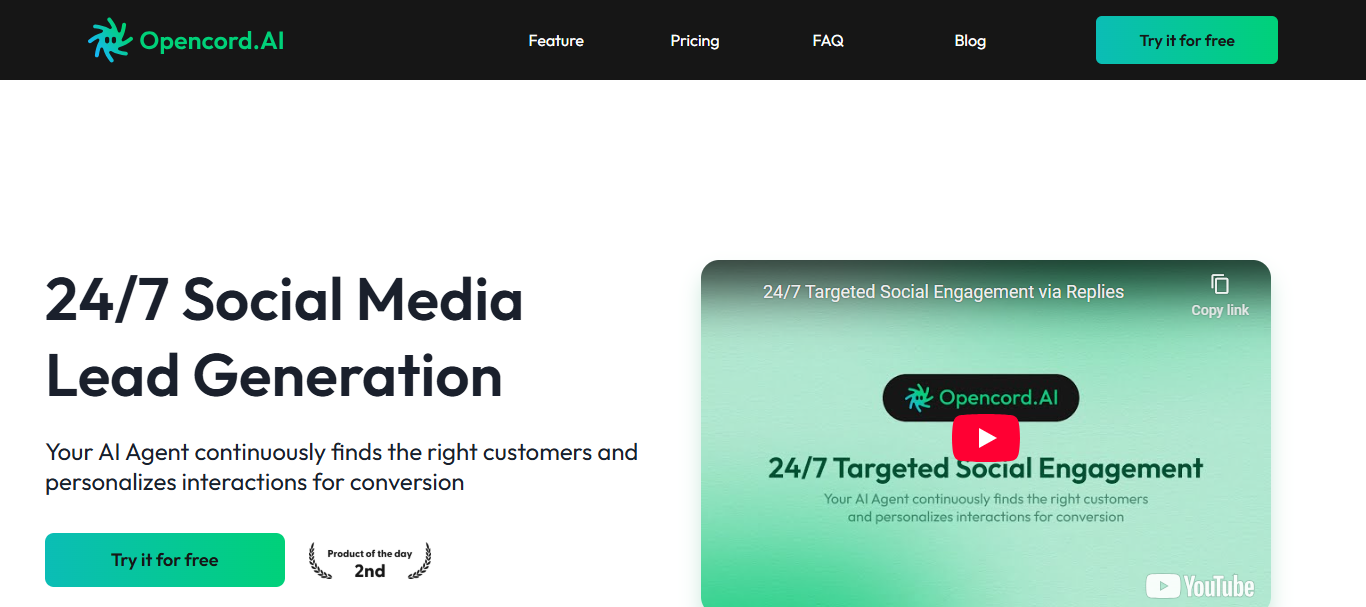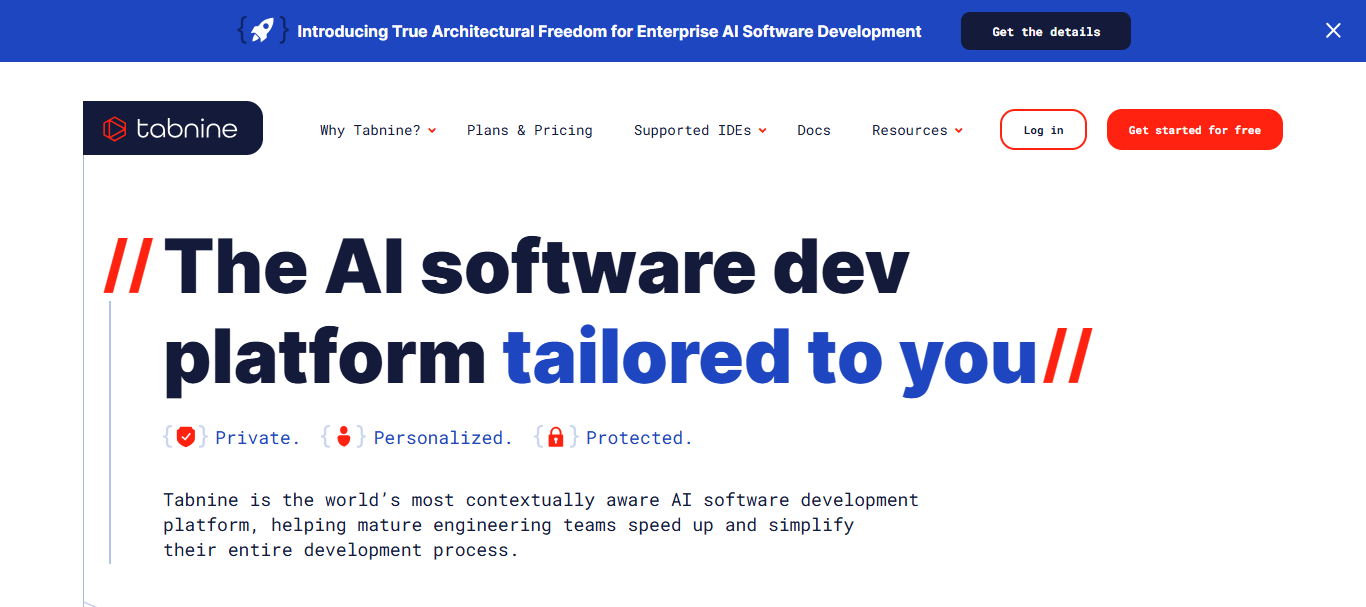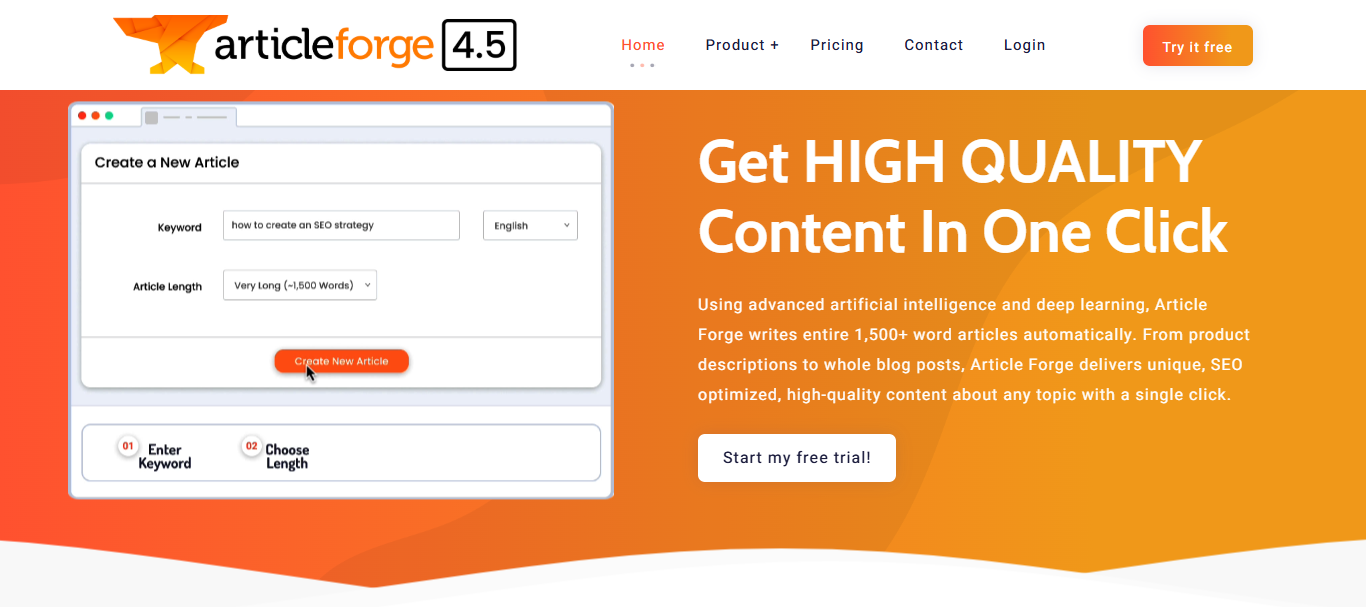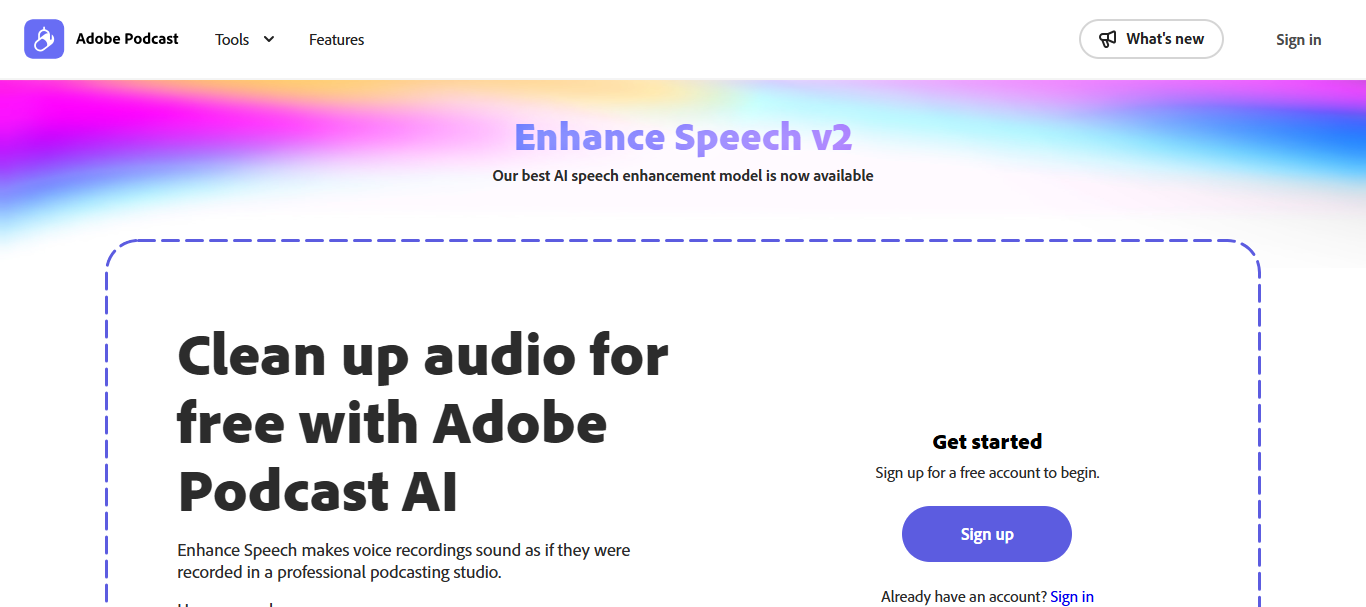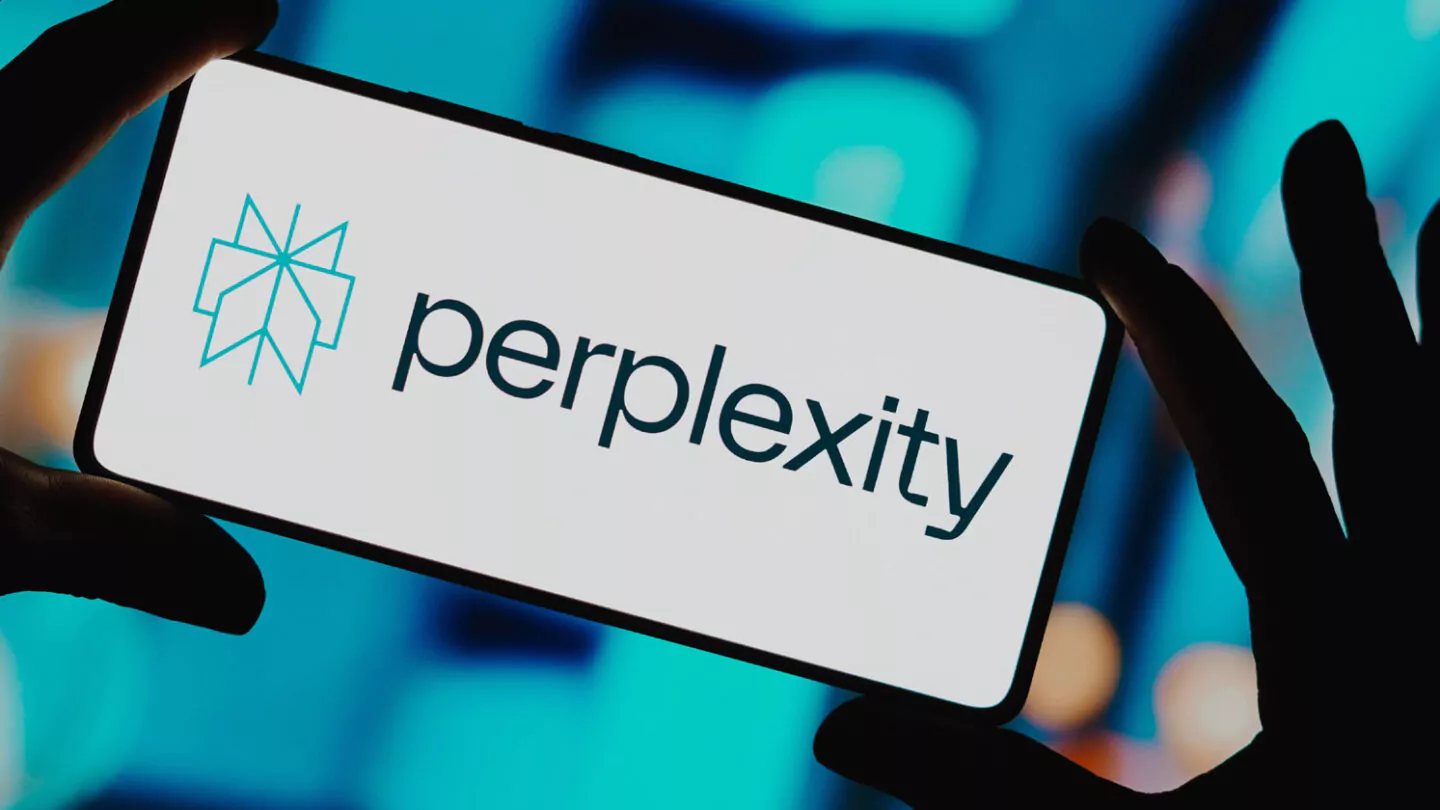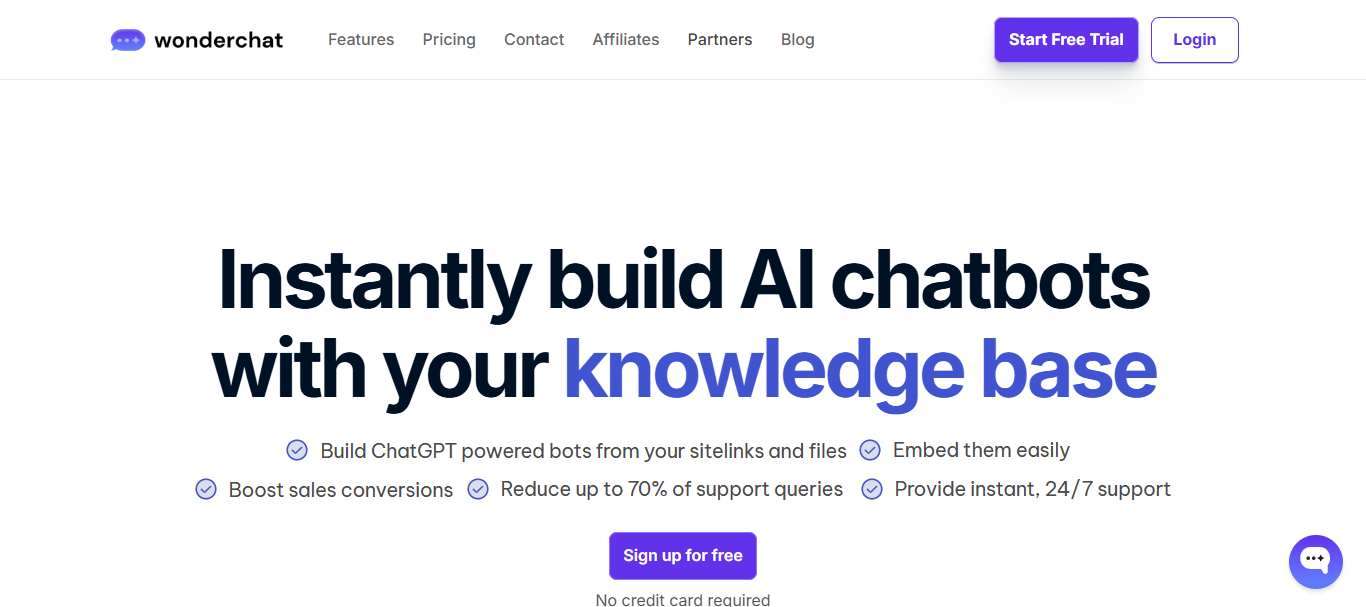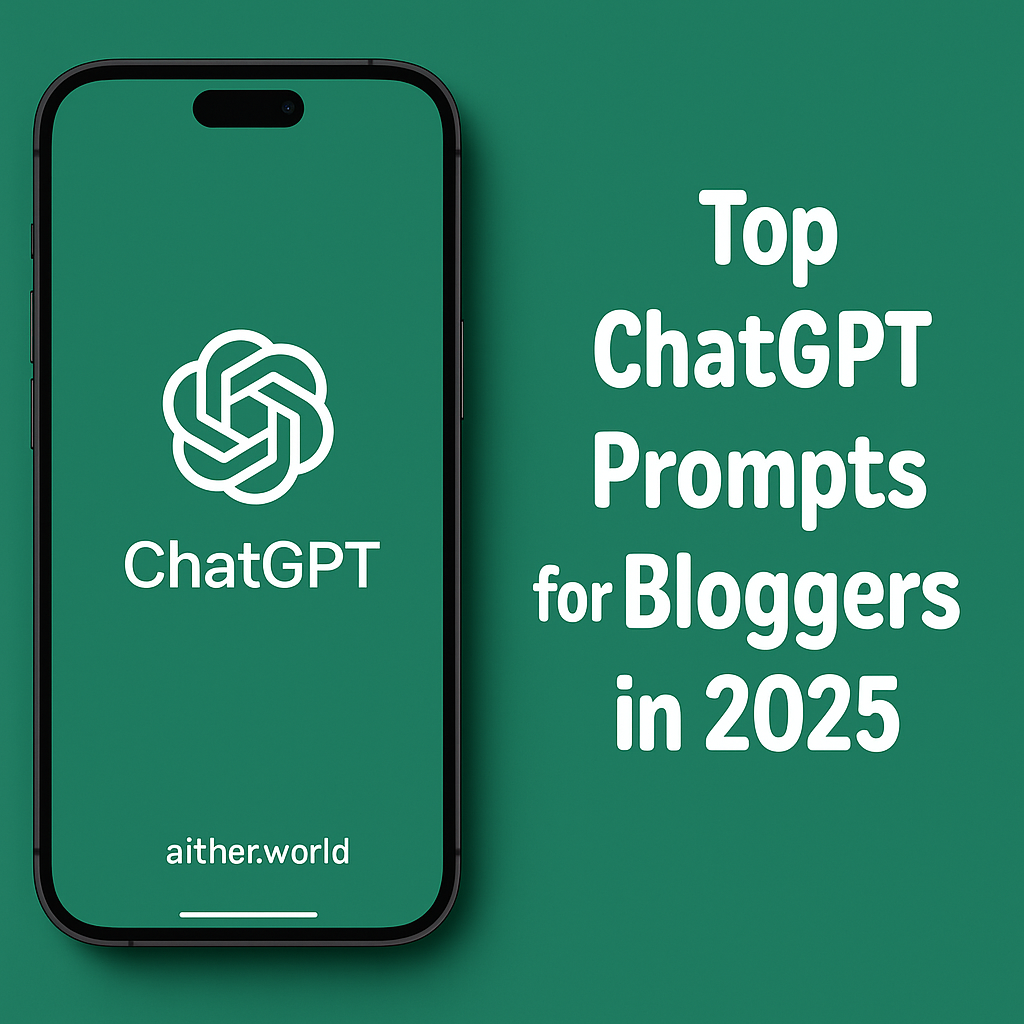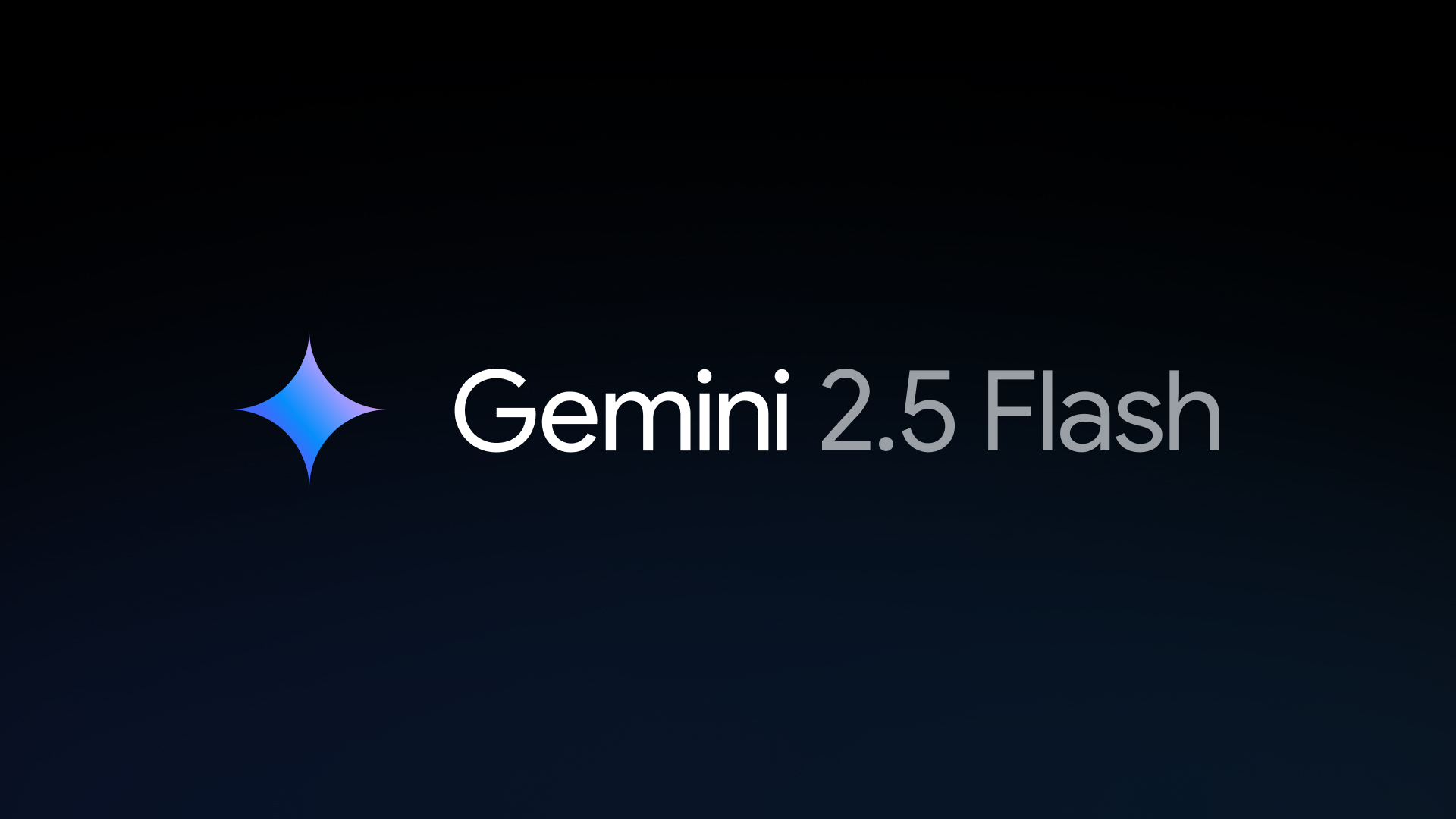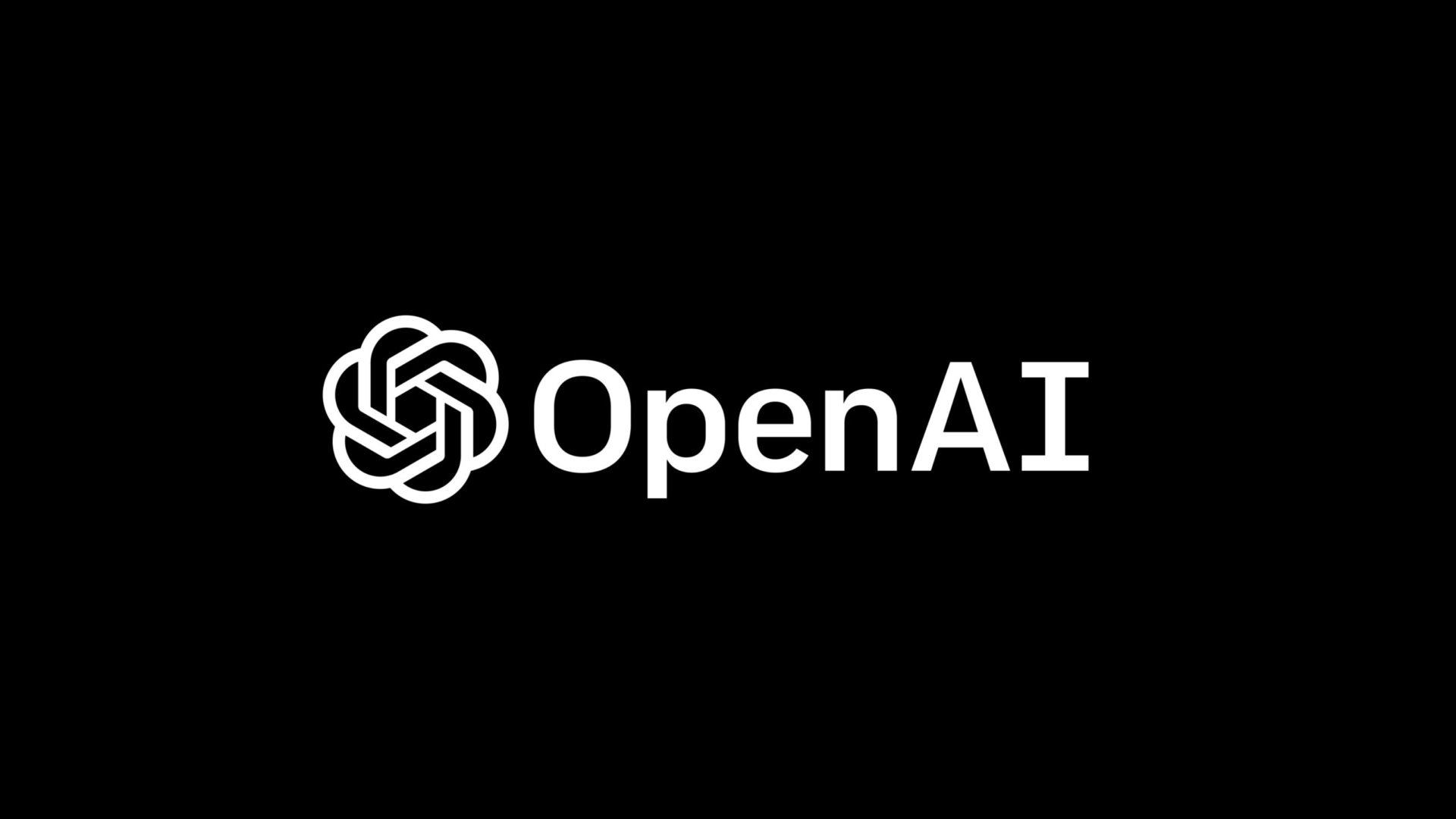Since its debut in November 2022, ChatGPT has captured global attention as the first widely accessible, conversational AI tool that truly appears to “speak” like a human. Developed by OpenAI and built on the powerful Generative Pre-trained Transformer (GPT) architecture, ChatGPT has not only redefined public expectations of artificial intelligence but also spurred a cascade of innovations, debates, and even controversies across industries.
1. The Genesis and Evolution of ChatGPT
ChatGPT’s journey began with the release of models based on GPT-3.5, and later, the leap to GPT-4 brought improvements in nuance, accuracy, and context retention. Within just two months, the platform reached 100 million users—making it the fastest-growing consumer application in history. Its success paved the way for various subscription tiers (including ChatGPT Plus and later ChatGPT Pro), each offering faster response times, access to more advanced models like GPT-4o and the reasoning-focused o1 series, and even additional functionalities such as voice and image processing.
2. Under the Hood: Technology and Architecture
At its core, ChatGPT employs transformer-based neural networks—a breakthrough architecture introduced by Google in 2017. These models work by converting text into numerical tokens and using attention mechanisms to discern context and relationships among words. ChatGPT is fine-tuned using both supervised learning (with human trainers simulating conversations) and reinforcement learning from human feedback (RLHF), which helps it refine responses based on user ratings. This multi-step training process is key to its ability to generate fluent, contextually relevant text, though it also introduces challenges such as occasional “hallucinations” or fabricated details.
3. Key Features and Capabilities
Conversational Fluency and Versatility
ChatGPT excels at generating human-like text and can handle a broad range of topics—from casual chit-chat to complex technical discussions. Users have reported that its responses often feel engaging and natural, with some even noting the tool’s “emotional intelligence” in sensitive contexts.
Multi-Modal Integration
Beyond text, recent iterations of ChatGPT now incorporate additional input and output modalities. With features such as image upload, voice interaction, and even web browsing (initially offered to paid users and later expanded to all), the tool is evolving into a more holistic digital assistant capable of supporting tasks that span diverse forms of media.
Customization and Plugins
OpenAI has built an ecosystem around ChatGPT by enabling third-party plugins that extend its functionality. Whether it’s retrieving real-time data, assisting with code debugging, or even generating creative content like music and poetry, these plugins help users tailor the AI’s capabilities to specific professional and personal needs.
Applications Across Industries
- Customer Service: Many businesses integrate ChatGPT into their support channels to handle routine queries, providing around-the-clock assistance that can reduce the human support workload by up to 70%.
- Healthcare: In medicine, ChatGPT has been used as a supplementary tool for medical education and even to draft preliminary responses to patient queries, though its accuracy in complex cases remains under scrutiny.
- Education and Research: From drafting essays to generating research ideas, ChatGPT is used by students and academics alike. However, concerns over plagiarism and the authenticity of generated citations have led many scholarly journals to implement strict disclosure policies.
- Programming and Technical Support: Developers rely on ChatGPT for code generation and debugging, although studies have shown that while it can handle simple tasks well, its performance on more advanced programming challenges can be inconsistent.
4. Reception: Praise, Criticisms, and Cultural Impact
Widespread Acclaim
Journalists and experts alike have lauded ChatGPT for its ease of use, rapid response, and capacity to democratize access to advanced AI. Publications like The New York Times and The Guardian have praised its ability to generate detailed, coherent text that often rivals human writing. Moreover, its virality has spurred a flurry of adoption across industries, from tech giants like Microsoft—integrating it into Bing—to startups experimenting with new AI-driven products.
Criticisms and Limitations
Despite its impressive capabilities, ChatGPT is not without faults:
- Accuracy Issues: ChatGPT occasionally produces responses that are factually incorrect or “hallucinatory” – a well-documented phenomenon inherent to its probabilistic nature. For instance, when posed with simple factual questions, it can sometimes deliver erroneous answers, necessitating careful human oversight.
- Contextual and Ethical Challenges: Its training data and reward model sometimes lead to biased outputs. Critics have noted that the model may reflect the biases present in its data sources, resulting in politically or culturally skewed responses.
- Dependency and Transparency: As the model grows in sophistication, the “chain of thought” behind its answers remains largely opaque. Users and researchers are still trying to understand its decision-making process—a factor that fuels both fascination and skepticism.
- Resource Intensiveness: Running and training such models requires substantial computational power and energy, raising concerns over environmental impact and long-term sustainability.
The “Valley of Disappointment” and Future Challenges
After the initial euphoria, some analysts have pointed to what Gartner describes as a “valley of disappointment”—a phase where expectations outpace the current capabilities of generative AI. While ChatGPT continues to improve, experts like Andrej Karpathy and others caution that incremental advancements may soon hit a plateau unless revolutionary new techniques are introduced. Financial pressures are also mounting, as OpenAI’s high operating costs raise questions about the long-term profitability of AI ventures.
5. Future Directions and the Road Ahead
The future of ChatGPT—and generative AI as a whole—likely lies in hybrid models that combine statistical text generation with elements of symbolic reasoning and true common-sense logic. Researchers are exploring ways to integrate structured knowledge, enhance model interpretability, and reduce reliance on vast, uncurated datasets. OpenAI’s roadmap includes models like o1 and GPT-4.5, which aim to push the boundaries of reasoning and context retention, though these innovations come with their own sets of challenges, such as increased computational costs and potential ethical dilemmas.
Investments continue to pour into the AI sector despite these hurdles, driven by the promise of transforming industries ranging from healthcare to finance. As developers work to refine these systems, users can expect a gradual shift from mere conversational assistants to fully integrated digital collaborators that can think, reason, and provide reliable support across a myriad of tasks.
Conclusion
ChatGPT stands as a landmark achievement in the realm of artificial intelligence. Its conversational fluency, versatility across media, and the democratization of complex AI technology have redefined what many believed was possible with machine-generated text. However, its journey is far from complete. Challenges related to accuracy, bias, transparency, and sustainability continue to fuel debates among experts and end users alike. As we move further into the era of generative AI, the evolution of ChatGPT will not only shape the future of digital communication but also redefine the interface between human creativity and machine intelligence.
In short, while ChatGPT has already transformed the technological landscape, its true potential—and the resolution of its current limitations—will only be realized with the next wave of innovations in AI architecture and ethical oversight.
This detailed review encapsulates both the groundbreaking achievements and the significant challenges faced by ChatGPT, highlighting its profound impact on our society while also underlining the critical areas that need improvement as we move forward.
